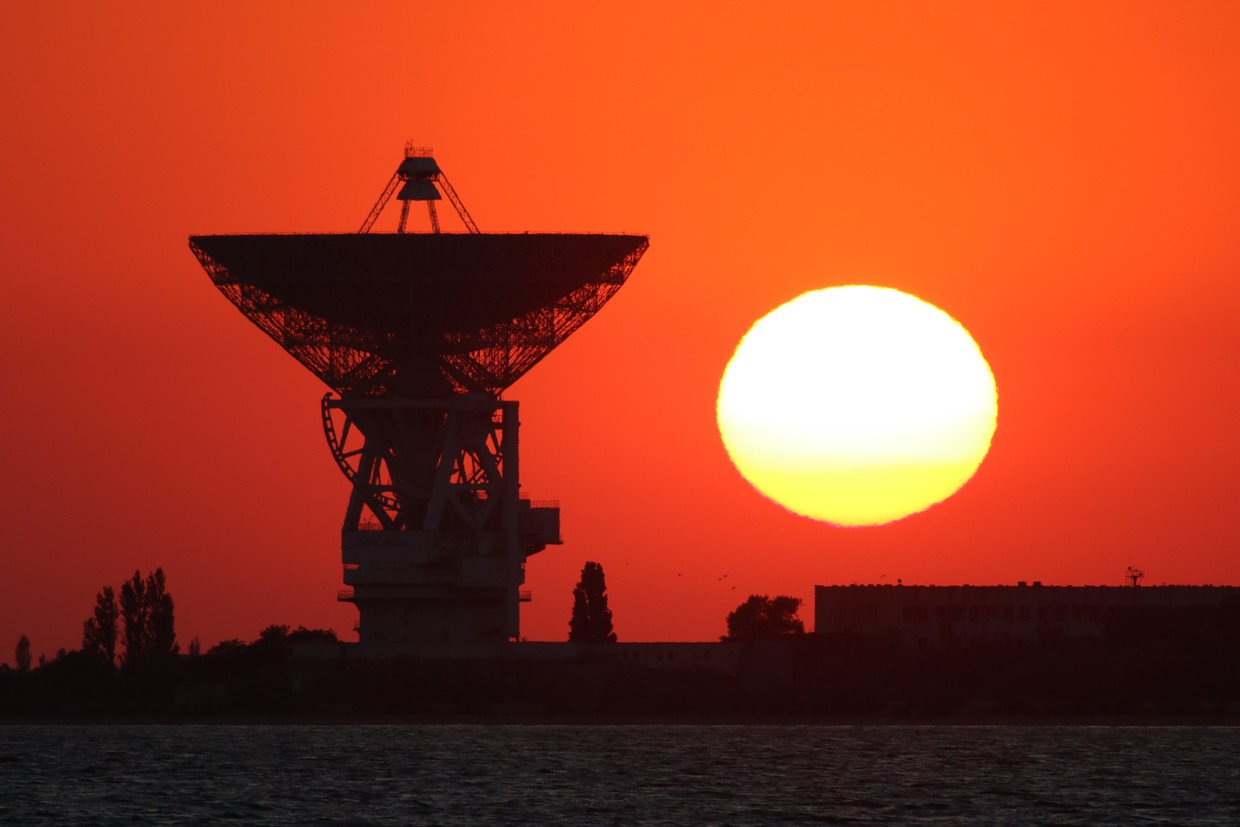Russia seeks to regain space glory with ambitious project & restoration of Soviet infrastructure

The launch of the Spektr-RG observatory and restoration of one of the world’s largest radio telescopes in Crimea shows Russia is serious about regaining its position as a top space-exploring power, experts have told RT.
The Proton-M booster blasted off from the Baikonur Cosmodrome at the weekend, carrying state-of-the-art telescopes, which are expected to detect more than 100,000 massive galaxy clusters and more than three million supermassive black holes.
The German soft X-Ray telescope, eROSITA, and its hard X-Ray Russian counterpart, ART-XC, on board the station will scan the sky in unprecedented detail to create the most complete map ever of the observable universe. A similar mission was carried out by the German ROSAT satellite three decades ago, but the sensitivity of Spektr-RG is 30 times higher.
Scientists believe that the data gathered by the space observatory will allow them to greatly expand their knowledge of dark matter and dark energy, to subsequently test models of the expansion of the universe.
Within the next three months, Spektr-RG will cover some 1.5 million kilometers to reach its destination in the Sun-Earth Lagrangian point 2. The location provides favorable conditions for the operation of the station as it’ll be free from temperature variations there due to the Earth, Moon and the Sun always being aligned favorably.
The launch is a bittersweet achievement for Russian space enthusiasts. The project, which originated in the 1980s, saw numerous delays and cuts in scientific payload due to a shortage of funding and development of technology before it finally got into space. Prior to the launch there were also concerns about the DM-03 third stage, which had two failures and one success before the Spektr-RG mission.
It’s no wonder that some space experts, like Aleksandr Galkevich, who headed Russia’s Gonets communication satellite system, prefer not to hail the launch as a success before it reaches its final destination. “Let’s not be hasty, it’s bad luck,” he joked in an interview with RT.
Back on Earth, Russia is making upgrades to its space-related infrastructure in preparation for Spektr-RG deployment. That includes repairing an RT-70 radio telescope in Crimea’s Yevpatoria. The reconstruction of the massive antenna, with a diameter of 70 meters, started after the peninsula’s reunification with Russia in 2014 and will take many years before it is complete.

Bringing it back into shape is essential for deep space missions like the Spektr-RG, Galkevich said. “The most valuable thing in space systems is information,” he explained. “Much of our ground infrastructure degraded since Perestroyka, unfortunately. We lost so much data from spacecraft and third stages simply because they went beyond coverage.”
The RT-70 is one of the biggest radio telescope designs in the world. The one near Yevpatoria became operational in 1978 and was used in a number of scientific experiments. But the facility was gradually degrading when it was operated by Ukraine. Two similar telescopes were built in what is now Uzbekistan and in Russia’s Far East, but only the one in Russia became partially operational.
Also on rt.com Russia’s future Moon base will use ‘local resources’ & 3D-printing – RoscosmosAt least two facilities will be required to provide reliable communication with the Spektr-RG once it starts its survey, Natan Eismont of the Space Research Institute at the Russian Academy of Sciences told RT. Russia has a smaller 64-meter radio telescope 15km east of Moscow and the RT-70 facility in the east near Ussuriysk, but adding redundancy with the site near Yevpatoria would certainly be welcomed, he said.
The Crimean site will also be necessary for future space missions, including Russia’s Moon exploration program, Eismont added. The country’s space agency, Roscosmos, said the cosmonauts may set foot on the lunar surface for the first time in the early 2030s, with a permanent Russian moon base established by the 2040s. The RT-70 in Yevpatoria will get a major overhaul starting in 2028, according to the plans of the agency.
Also on rt.com Strings attached: Why US can’t stop using ‘toxic’ Russian RD-180 rocket enginesLike this story? Share it with a friend!














